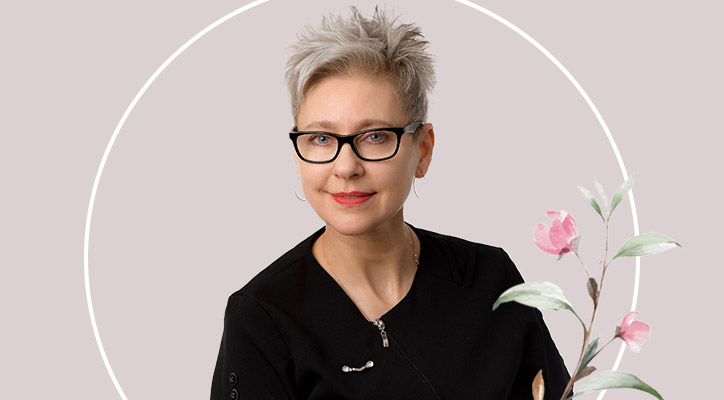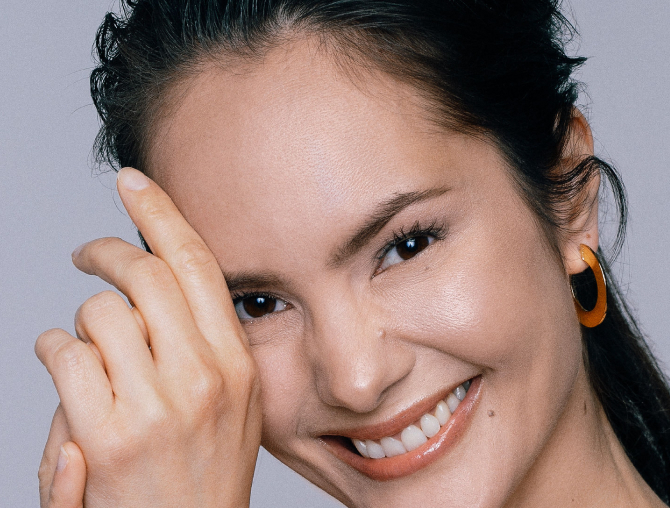Fillers are pretty long lasting, which is what we love about them right? But sometimes you’ll get a filler treatment result that you’re not quite thrilled with, or maybe you got lip fillers and you’re just tired of the look and don’t really want to live with it for a year. Or maybe you want a different look.
There could be other reasons you’re looking to dissolve filler: your product may have migrated, or you’ve developed some lumps or bumps, or you’re experiencing some sort of rare adverse reaction like an infection.
Whatever your reason for wanting to dissolve filler, here are a few things we thought you should know.
What is hyaluronidase and how does it work?
There’s a lot of misunderstanding over what’s involved with getting filler dissolved. The only type of filler that you can dissolve is a hyaluronic acid (HA) filler, and it is dissolved with hyaluronidase.
Hyaluronidase is an enzyme that is injected into the areas in which you had filler that breaks down the bonds that keep hyaluronic acid together and stimulates your body into naturally reabsorbing the HA, which it would eventually do anyway. Essentially, hyaluronidase speeds up the process.
There are fillers out there that are not HA based, like Radiesse and Sculptra that do eventually dissolve on their own after anywhere from about a year to three years depending on which filler you had injected, but these can’t be dissolved immediately as with hyaluronic acid based fillers. So if you’re getting filler just be sure to know what you’re having injected and how long it lasts.
Will my filler dissolve right away?
On its own a hyaluronic acid filler can take anywhere from 6-12 months to dissolve. Hyaluronic acid is actually a naturally occurring substance in our bodies that provides our skin with hydration and moisture, which is why our bodies eventually naturally metabolize HA based fillers.
Typically if you have hyaluronidase injected in order to dissolve your filler, it will start to work immediately, so you might even see some of its effects right away. Usually, though, you’ll need to give it anywhere from 24-48 hours to do the job. Some patients might also see a bit of bruising and swelling from the hyaluronidase treatment itself so don’t be discouraged if you can’t see your results right away.
All this said, you may need more than one session to see your filler completely dissolved, which leads us into our next point.
How many hyaluronidase treatments will I need?
It’s great that filler can be dissolved, and hyaluronidase works really well, but it’s not always easy. Sometimes dissolving needs to take place over a series of sittings, and there’s a bunch of reasons for this.
Fillers can build up over time, especially if you’ve had multiple filler treatments. They can also really incorporate well into your tissue, or sometimes your result looks so natural it’s actually hard to tell where the filler is exactly. There’s also a lot of different kinds of hyaluronic acid fillers out there. Some fillers are more durable than others, especially those with higher HA concentration levels, meaning that the HA can be tougher to break down.
In some instances a biofilm (type of infection) can form around the product. This is a risk associated with ALL filler treatments. It can happen to the best injector in the world and the most careful patient. But biofilm can also make the dissolving of HA filler especially tricky.
If you have your filler dissolved with us at MD Beauty Clinic we’ll have you come in for a follow-up appointment to observe how your body has responded to the hyaluronidase treatment, and then we’ll be able to give you a better idea of how many more treatments (if any) you’ll need.
Are there any risks with hyaluronidase?
Like with getting filler, although rare, there are risks involved with having hyaluronidase injected. Besides some expected side effects like discomfort, swelling, bruising, redness, there is the small risk of an allergic reaction. We start with small doses and work our way up if necessary, but there is also the risk of over-dissolving, which could leave you with less volume than before. Patients also need to be prepared for the possibility of filler dissolving unevenly, in which case you may have to compensate with filler again in order to balance out the affected area.
Do hyaluronidase injections hurt?
No, the actual procedure is pretty quick. Your provider will inject hyaluronidase where your filler is with a very fine needle or cannula. Patients usually say that the area feels tingly or warm, but it’s not painful. The sensation you feel is from the enzyme immediately starting to break down the product.







